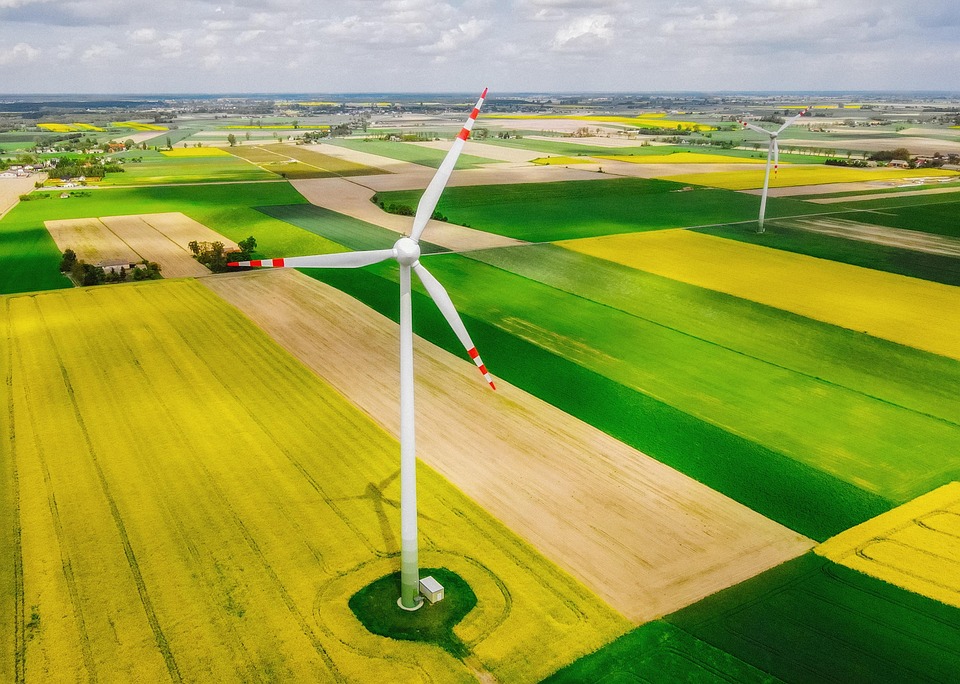In an era defined by climate change and growing environmental concerns, the quest for sustainable living places energy conservation at the forefront of many discussions. Among the critical sectors where significant improvements can be made is the heating, ventilation, and air conditioning (HVAC) system. Traditional HVAC systems are known for their high energy consumption and substantial carbon footprints, which could exacerbate environmental problems. However, a transformative shift toward ecologically-designed HVAC systems promises to enhance efficiency, reduce energy consumption, and protect the planet.
The Importance of Energy Efficiency
Energy efficiency is not merely a buzzword; it is a necessary strategy to combat the threats posed by climate change. The HVAC industry, which accounts for nearly half of a building’s energy usage, is under increasing pressure to cut down on energy consumption while improving indoor air quality and comfort. According to the U.S. Department of Energy, energy-efficient HVAC systems can save homeowners and businesses over 30% on their energy bills compared to traditional systems. This shift can significantly contribute to lowering greenhouse gas emissions.
What are Ecologically-Designed HVAC Systems?
Ecologically-designed HVAC systems incorporate advanced technology and sustainable materials to optimize energy use and reduce environmental impact. These systems often integrate:
-
Smart Thermostats and Controls: These devices allow for precise temperature management, enabling users to control their HVAC systems remotely while optimizing comfort and energy savings. Smart features can adjust settings based on occupancy and preferences, leading to substantial energy reductions.
-
Variable Refrigerant Flow (VRF) Systems: These systems allow for precise control of the amount of refrigerant flowing to each indoor unit, enabling tailored heating and cooling for different zones, maximizing comfort, and reducing waste.
-
Geothermal Heat Pumps: Harnessing the Earth’s natural temperature, geothermal systems provide heating and cooling with much less energy than conventional systems. They utilize the stable underground temperature to heat and cool buildings effectively.
-
Energy Recovery Ventilation (ERV): ERV systems optimize indoor air quality without sacrificing energy efficiency. By recovering energy from exhausted air and using it to condition incoming air, these systems can significantly reduce heating and cooling loads.
- Sustainable Materials: The manufacturing of ecologically-designed HVAC systems increasingly emphasizes materials that are either recycled or non-toxic and that have lower environmental impacts during production.
Benefits Beyond Energy Efficiency
Transitioning to ecologically-designed HVAC systems offers a wide range of benefits beyond energy savings. Some of these advantages include:
1. Improved Indoor Air Quality
Traditional HVAC systems often contribute to indoor air pollution due to poor filtration and ventilation. Ecologically-designed systems prioritize air quality, utilizing advanced filtration technologies that capture allergens, pollutants, and other harmful particles, ensuring that occupants breathe clean air.
2. Cost-Effectiveness
Although the initial investment in advanced HVAC technologies may be significant, the long-term savings on energy bills often outweigh the costs. Additionally, governments and organizations worldwide are providing incentives for adopting energy-efficient technologies, further alleviating the financial burden.
3. Enhanced Comfort
Beyond improving energy efficiency, modern HVAC systems enhance overall comfort with quieter operations and better temperature regulation. This is especially important in residential settings where individual comfort preferences can vary significantly.
4. Contribution to Green Building Standards
Many ecologically-designed HVAC systems contribute to green ratings such as LEED (Leadership in Energy and Environmental Design). Businesses and buildings gaining such certifications can improve their marketability and appeal to environmentally-conscious consumers.
The Path Forward
The transition to ecologically-designed HVAC systems is a vital step toward achieving a more sustainable future. Policymakers, business owners, and consumers must work together to prioritize energy-efficient technologies. Regulations should promote the adoption of sustainable HVAC systems through incentives and urban planning that encourages green building practices.
Education is also critical. By raising awareness about the long-term benefits of energy-efficient HVAC systems, individuals and organizations can make informed decisions that not only reduce their carbon footprints but also play a pivotal role in protecting our planet.
In conclusion, as we confront the challenges of climate change and resource depletion, the shift to ecologically-designed HVAC systems represents hope and opportunity. By embracing these advanced technologies and sustainable practices, we can save energy, cut costs, and cherish a healthier planet for generations to come.

Leave a Reply